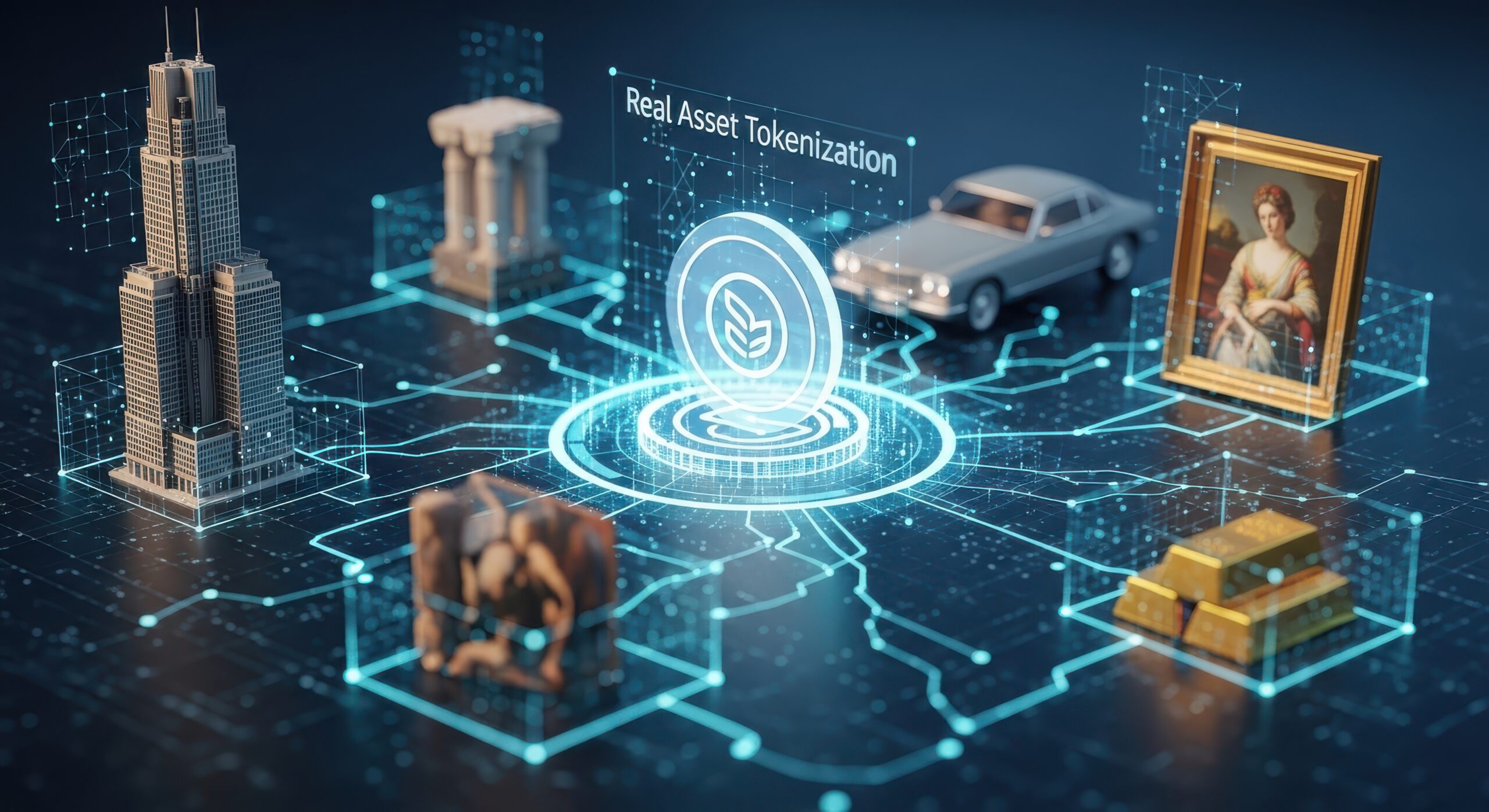By Jarred Kessler
Real estate has always been considered one of the most stable and valuable asset classes. Owning property is tied deeply to the idea of wealth creation, security, and legacy. Yet, despite its importance, real estate has historically lagged behind other industries when it comes to innovation and accessibility. Property transactions remain slow, capital-intensive, and opaque, locking many people out of ownership opportunities while trapping existing homeowners in illiquid positions.
Technology is now changing that. Over the past decade, advances in fintech, artificial intelligence, and digital platforms have started to transform the way we think about real estate ownership and liquidity. The changes we are witnessing today are not incremental. They represent a fundamental shift in how people can access, use, and benefit from real estate.
Breaking Down Barriers to Ownership
For generations, the barriers to entering real estate ownership have been high. Buyers needed large down payments, access to traditional lending, and the ability to take on long-term debt. These requirements excluded a significant portion of the population. Technology is beginning to erode those barriers by creating new ways for people to participate in the market.
Fractional ownership platforms, for example, allow investors to buy shares in properties much like they would purchase stock. This makes real estate accessible to people who may not have the means to purchase an entire property but still want exposure to the asset class. Tokenization, powered by blockchain, is another innovation that enables fractionalization with added transparency and liquidity. It gives everyday investors a chance to diversify into real estate without being weighed down by traditional hurdles.
Liquidity Where There Once Was None
One of the greatest challenges of real estate is that it has always been an illiquid asset. Once you own a home or an investment property, accessing the equity locked inside it can be slow, expensive, and complex. Technology is now providing solutions that unlock liquidity in ways that were previously unimaginable.
Innovations like sale-leaseback models allow homeowners to tap into the equity in their homes without leaving the property they love. This flexibility is especially important for families facing financial stress, retirees looking for supplemental income, or individuals who simply want to use their capital more effectively. These solutions transform the home into both a place to live and a financial tool that works for the owner.
On the investment side, digital marketplaces are making it easier to buy and sell property shares quickly. This movement mirrors what we saw in the stock market decades ago. Real estate is no longer a static asset; it is becoming a dynamic part of diversified investment portfolios.
Data and Artificial Intelligence Driving Smarter Decisions
Another area where technology is having a profound impact is decision-making. In the past, real estate decisions were often driven by intuition, relationships, or localized knowledge. While those factors still matter, data and artificial intelligence are adding a new layer of intelligence and accuracy.
AI-driven platforms can analyze massive datasets in real time, helping buyers, sellers, and investors understand market trends, pricing, and risks with greater precision. These tools not only enhance profitability but also democratize information that was once available only to industry insiders. The result is a more transparent and efficient marketplace that benefits everyone.
Shifting Perceptions of Homeownership
Perhaps the most profound change technology is driving is the way people think about homeownership itself. For decades, the home was viewed solely as a place to live and build equity over time. While that is still true, new models are challenging this traditional perspective.
Today, homes can be leveraged to generate liquidity, diversify investments, and even create income streams without requiring owners to sell outright. This shift is particularly important for younger generations who value flexibility and financial optionality. They no longer see real estate as a static, long-term anchor but as a dynamic asset that can evolve with their needs.
A Future Defined by Flexibility and Access
When I look at the future of real estate, I see an industry that is more flexible, more inclusive, and more dynamic than ever before. Technology is redefining what it means to own property by lowering barriers, creating liquidity, and empowering smarter decision-making.
This transformation will not happen overnight, but it is already well underway. Companies and entrepreneurs who embrace these changes will not only build successful businesses but also reshape an industry that touches nearly every person’s life. Most importantly, these innovations will give people more control, more options, and more opportunity to make real estate work for them.
Closing Thoughts
As someone who has spent years at the intersection of real estate and technology, I have seen firsthand how change can feel disruptive at first but ultimately creates lasting value. Ownership and liquidity are no longer rigid concepts in real estate. They are evolving in ways that open new doors for homeowners, investors, and communities alike.
The future of real estate will be defined by this evolution. It is a future where homes are not just places we live but powerful financial tools. It is a future where access is expanded, equity is unlocked, and decisions are driven by intelligence rather than guesswork. Most importantly, it is a future where real estate becomes more human-centered, reflecting the diverse needs of the people it serves.
